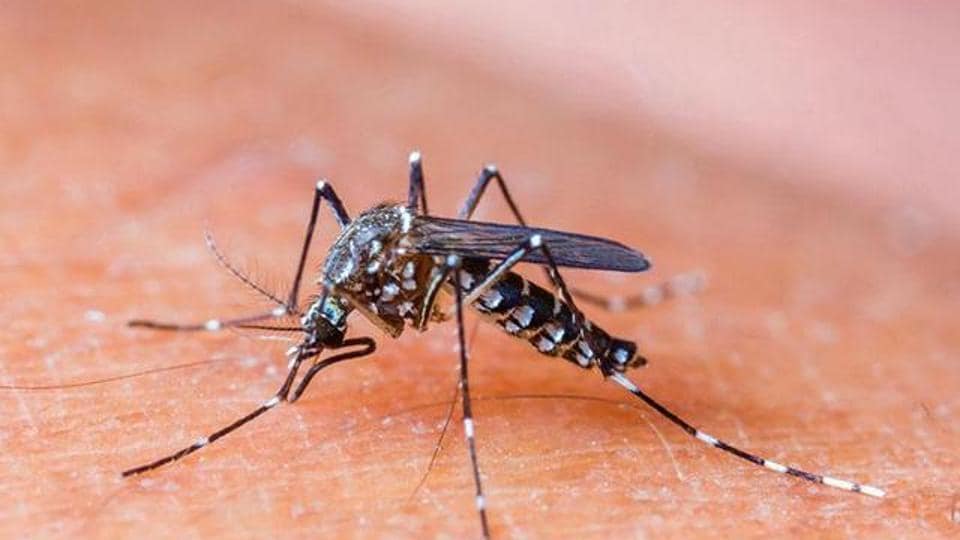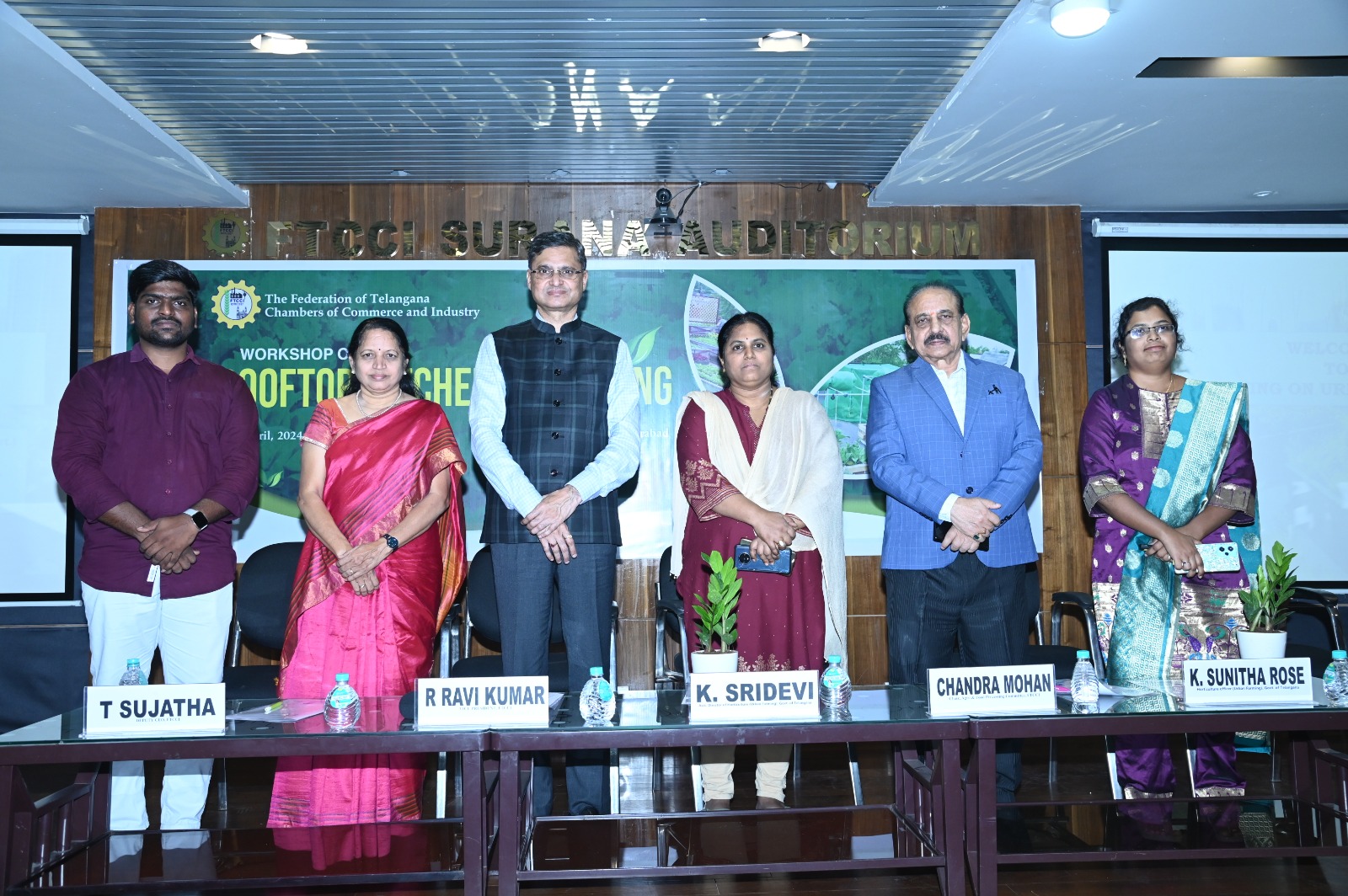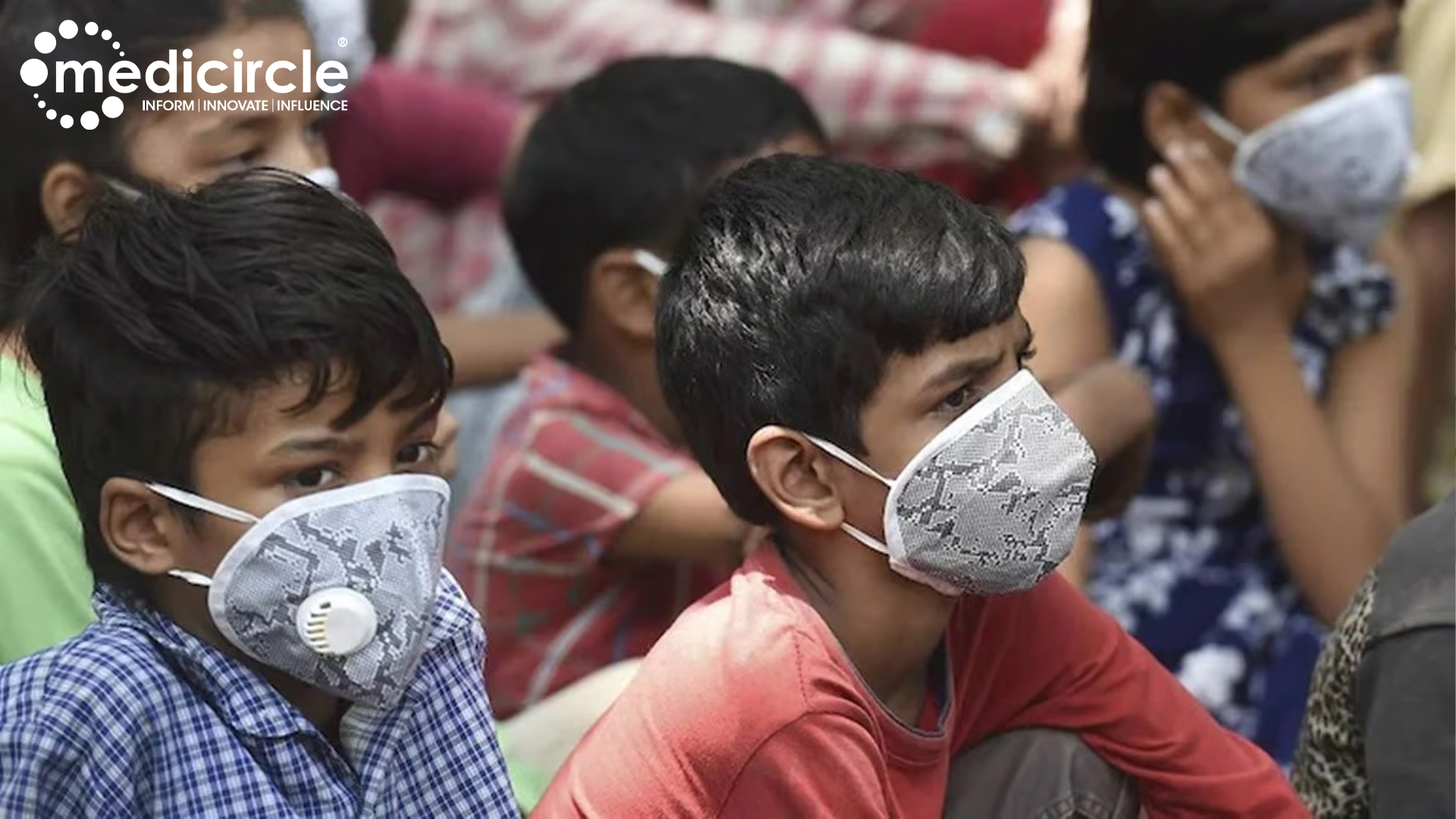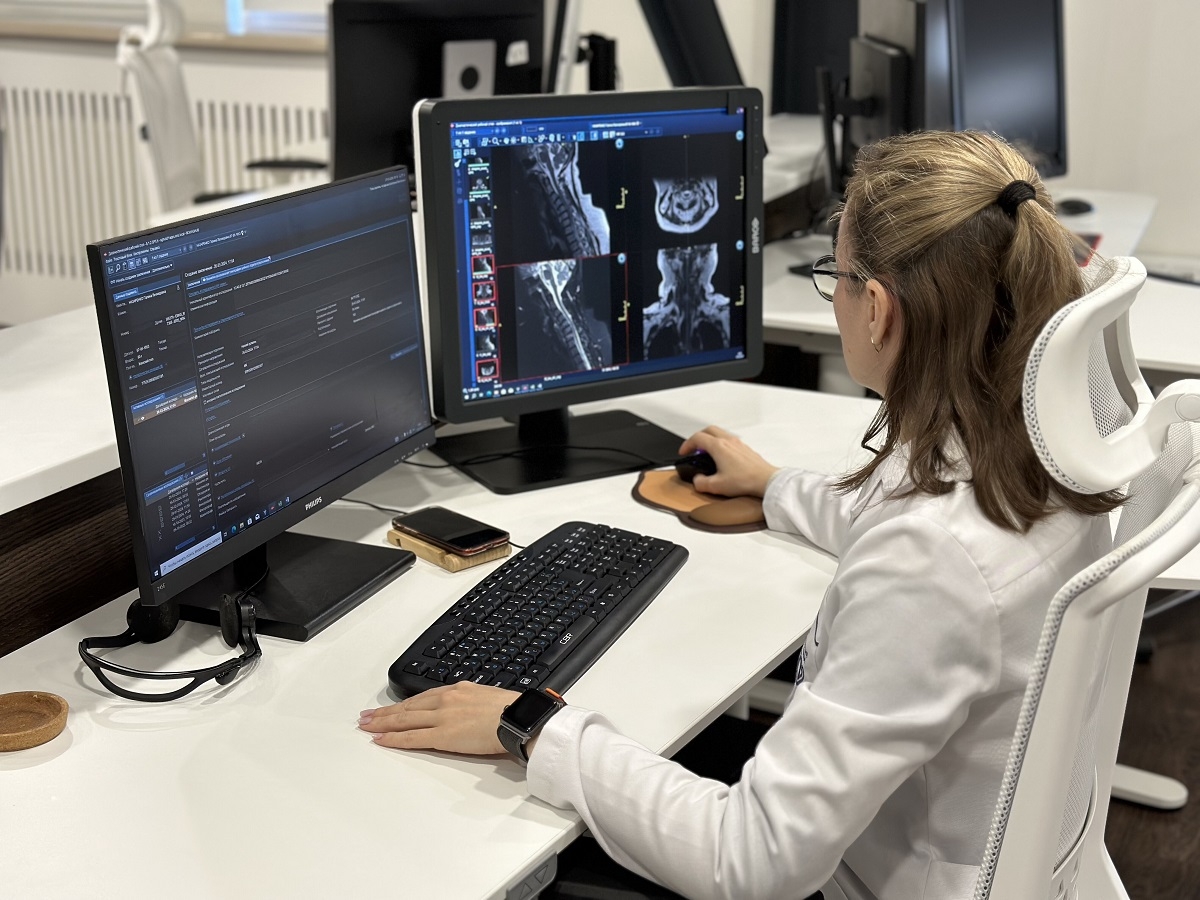Mosquito-borne fevers, especially dengue, malaria, and chikungunya, have shown a significant rise in numbers recently. If unconstrained, these diseases can lead to severe morbidity. Malaria is associated with the Anopheles mosquito, whereas the other two diseases are caused due to an infection spread by the Aedes mosquito. Both dengue and chikungunya are insect-borne viral diseases, malaria is a parasitic ailment caused by Plasmodium, and it’s transmitted through infected mosquitoes. However, all three diseases overlap to a very large extent which makes it difficult to distinguish them from one another based on their symptoms, especially during the early stages.
Dengue - Approximately 400 million people fall prey to this disease every year, with 22,000 mortalities worldwide. Dengue fever is also known as break-bone fever because severe muscle and joint pain that feels like your bones are breaking is usually experienced by patients. Approximately 1 in 4 people infected will develop the disease.
Symptoms – The incubation period is 4-7 days and symptoms are seen within 3-14 days of being bitten by an infected female Aedes mosquito. Common symptoms generally include
Sudden high fever without any prior underlying infection. Fever may come down rapidly within 2-4 days, with severe sweating. Severe headache, nausea, vomiting Pain behind the eyes increases with eye movement. Rashes generally appear within 48 hours, mainly on the face and the limbs. Mild bleeding either from the nose or from the gums. Enlarged lymph nodes in the neck and the groin. Decreased heart rate(tachycardia), low blood pressure, difficulty in breathing.Chikungunya - The most affected places affected by chikungunya are the countries located in Asia, Africa, Europe, and Pacific and the Indian oceans. The word ‘chikungunya’ means ‘to walk bent.’ Fever and joint pain are significant symptoms of chikungunya. A bite predominantly transmits the chikungunya virus from an infected female, “Aedes aegypti,” commonly called the ‘yellow fever mosquito.’ Mortality is rare and occurs mostly in older adults.
Symptoms – The incubation period is 2-6 days but the symptoms usually start appearing four to seven days post-infection.
High fever (40 °C or 104 °F) which typically lasts for two days and then ends abruptly Viral rashes on the limbs Joint pains affecting multiple joints (for as long as two years) Other non-specific viral symptoms such as headache, loss of appetite, etc.Malaria - Malaria is a life-threatening blood disease that is caused by a mosquito bite. This disease is caused by a parasite called Plasmodium. Once a person is infected, this parasite multiplies in the liver and then in the red blood cells (RBC).
Symptoms - sensations of cold with chills or shivering, followed by headaches, fever, and vomiting, respiratory distress and deep breathing, multiple convulsions, clinical jaundice.
In a conversation with Medicircle, Dr. Dhrumil Panchal, General Physician has given his significant inputs on the prevention and treatment of malaria. To read the full conversation, click on the link.
Tips to prevent Dengue, Chikungunya and Malaria
Dengue and chikungunya are active during the day whereas the Anopheles mosquitoes are active during the night. This means that one needs to prevent getting bitten during the day as well as at night.
Wear light-colored, long-sleeved shirts and full pants Avoid traveling to areas with outbreaks of any one of or all these three diseases Use mosquito repellent on exposed skin Fixing mesh on the windows and doors of the house to keep the mosquitoes out

 All you need to know about Dengue, Chikungunya and Malaria
All you need to know about Dengue, Chikungunya and Malaria


































